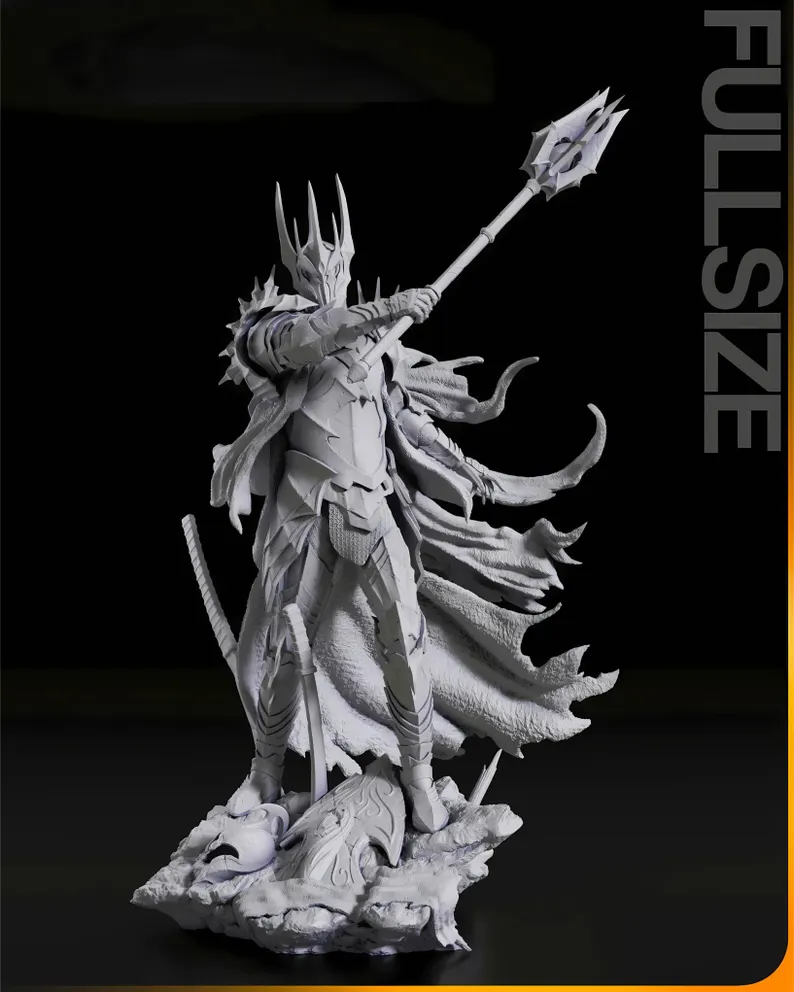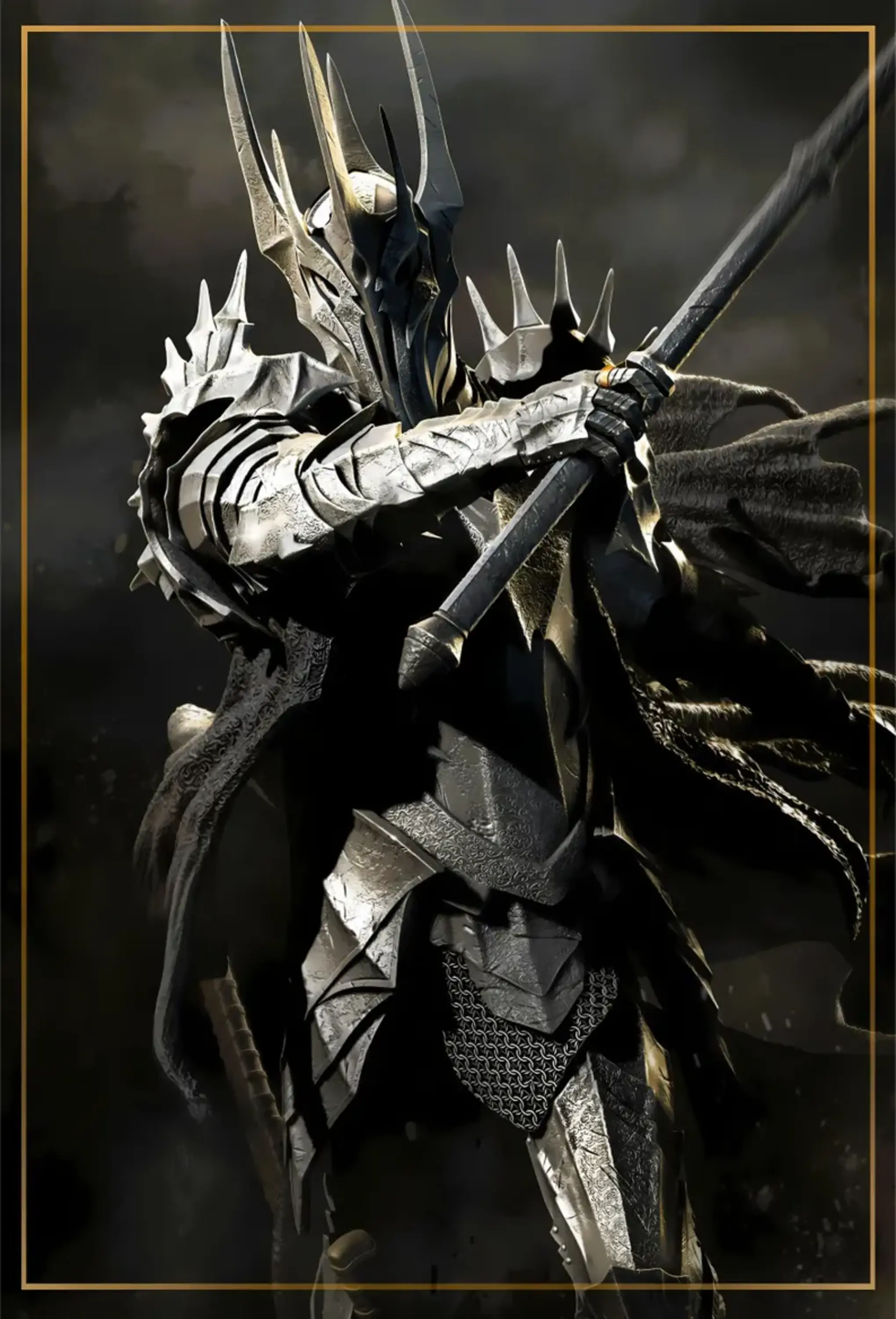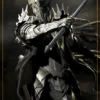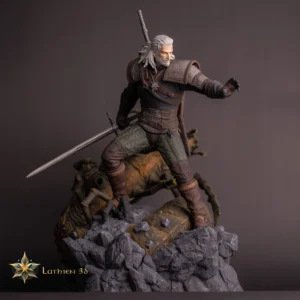Sauron The Lord of the Rings
350 $
– The product is printed in 3D Resin and hand painted by Frodo Art Store.
– Delivery time from: 20-30 days after ordering.
– Shipping from: 7-10 days.
Sauron The Lord of the Rings
Introduction
In the vast and richly woven tapestry of J.R.R. Tolkien’s The Lord of the Rings, few figures command as much fear and fascination as Sauron, the Dark Lord. As the primary antagonist of the saga, Sauron embodies the ultimate force of evil, corruption, and tyranny threatening to engulf Middle-earth. Though he rarely appears directly, his presence looms large over every chapter of the story, shaping the fate of heroes and villains alike. Understanding Sauron is key to grasping the profound themes of power, temptation, and resistance that define Tolkien’s masterpiece.
Sauron’s origins trace back to the earliest ages of Middle-earth. Once a Maia—an immortal spirit of great power—he was corrupted by the first Dark Lord, Morgoth, and became his most loyal lieutenant. After Morgoth’s defeat, Sauron took up his master’s mantle, seeking to dominate Middle-earth by any means necessary. His primary weapon was deception and manipulation, culminating in the forging of the One Ring, a powerful artifact designed to control the other Rings of Power and enslave the wills of elves, men, and dwarves.
The One Ring is central to Sauron’s identity and threat. Though the Dark Lord himself is rarely seen in a physical form during the events of The Lord of the Rings, his essence permeates the story through the Ring’s influence. The Ring corrupts those who possess it, promising power but ultimately binding their souls to Sauron’s will. This dangerous allure illustrates one of Tolkien’s core messages: the seductive nature of absolute power and its capacity to destroy.

Sauron’s physical depiction varies across different media, but he is most commonly portrayed as a towering figure clad in black armor, crowned with a spiked helm, and radiating an overwhelming aura of malice. His fiery, all-seeing Eye atop the Dark Tower of Barad-dûr symbolizes his unrelenting vigilance and desire to dominate all life. This imagery captures the terrifying omnipresence of evil, a force that watches, schemes, and strikes without warning.
Despite his immense power, Sauron is not invincible. His defeat depends on the bravery and unity of diverse peoples—hobbits, men, elves, and dwarves—who form the Fellowship to destroy the One Ring. This struggle between light and dark, free will and domination, is the beating heart of the epic. Sauron represents the ultimate challenge, the seemingly insurmountable obstacle that tests the courage and resolve of all who oppose him.
Sauron’s character also serves as a cautionary tale about the dangers of pride and obsession. His relentless quest for control leads him to forsake all empathy and compassion, reducing him to a symbol of pure evil. Yet, Tolkien’s narrative also warns readers about the vulnerability of all beings to temptation, reminding us that vigilance and humility are necessary to resist the allure of power.
The influence of Sauron extends far beyond Tolkien’s books. In Peter Jackson’s film adaptations, Sauron’s terrifying presence is vividly brought to life through haunting visuals and sound design, amplifying his role as the shadow over Middle-earth. This portrayal has solidified Sauron’s place as one of fantasy’s most iconic villains, inspiring countless adaptations, artworks, and discussions about the nature of evil.
In conclusion, Sauron in The Lord of the Rings is more than just a villain; he is a profound symbol of corruption, power, and the enduring fight against darkness. His story enriches Tolkien’s world with depth and tension, challenging heroes and readers alike to confront the cost of ambition and the strength required to preserve freedom. For anyone exploring Middle-earth, understanding Sauron is essential to appreciating the epic’s timeless struggle between good and evil.






























Reviews
There are no reviews yet.